Gemsbok: Africa’s Desert Survivor with Mighty Horns
Meet the Gemsbok
In the vast deserts and savannas of Southern Africa roams one of the most striking antelope in the world — the gemsbok. Known for its spear-like horns and bold black-and-white face markings, this majestic animal is a true symbol of survival in some of the harshest landscapes on Earth.

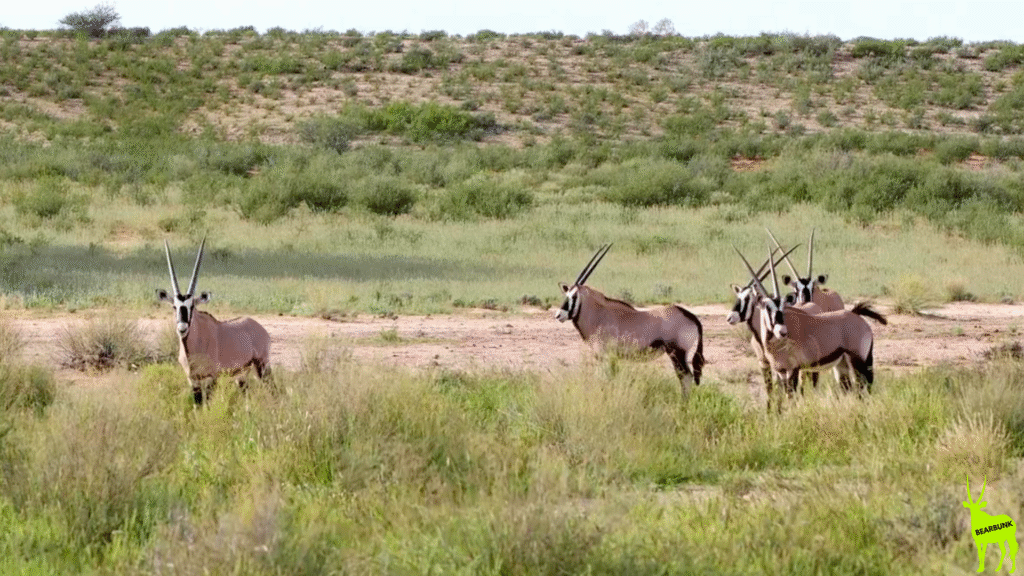
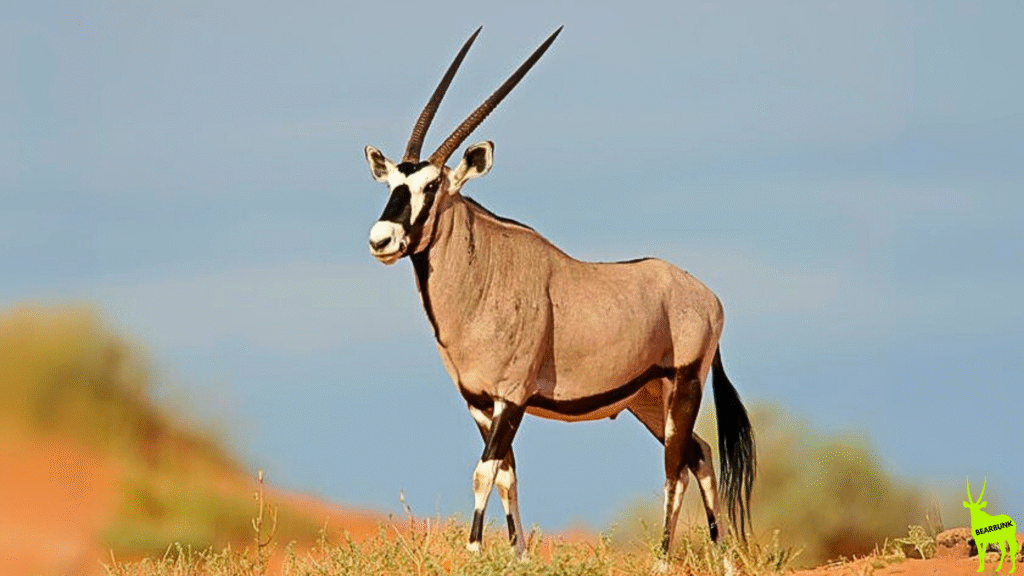


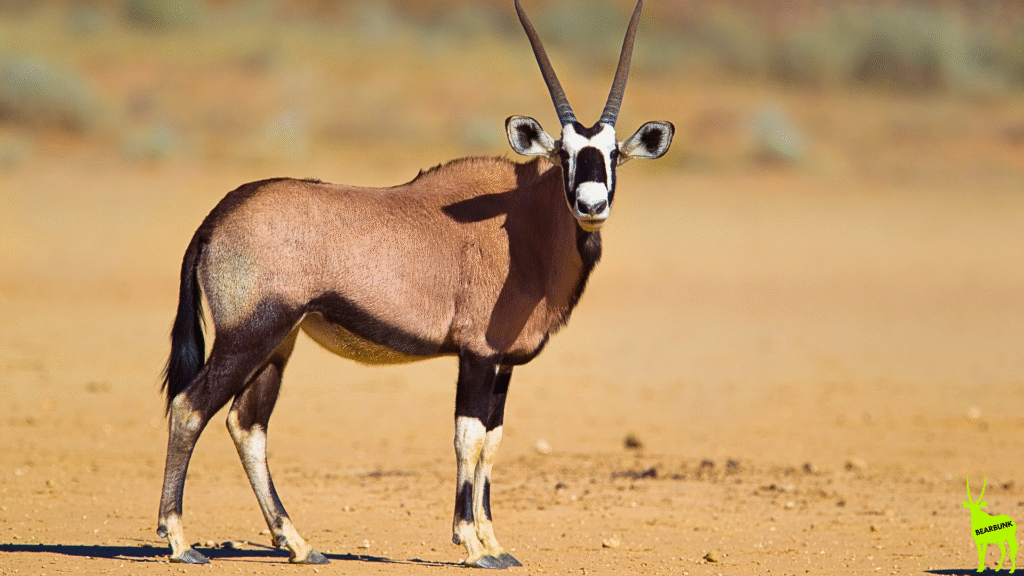


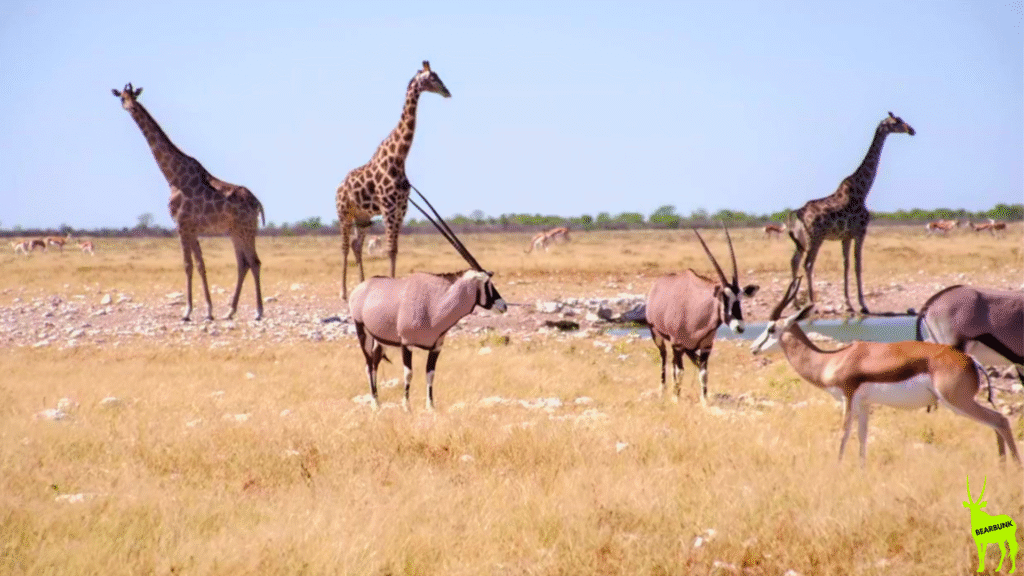
Gemsbok Subspecies
The gemsbok is a large antelope and the best-known member of the oryx family. While all gemsbok share the same dramatic markings and spear-like horns, there are two subspecies adapted to slightly different environments.
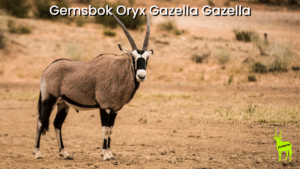
Southern Gemsbok (Oryx gazella gazella)
The larger and more widespread subspecies, found mainly in Namibia, Botswana, and South Africa. Known for thriving in both savannas and semi-desert regions.
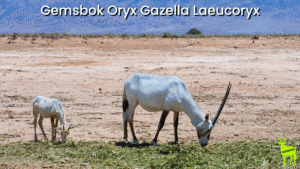
Northern Gemsbok (Oryx gazella leucoryx)
A smaller, more desert-adapted form found further north in extremely arid landscapes. This subspecies is less common but highly resilient in harsher deserts.
Habitat
Gemsbok thrive in the deserts and savannas of Southern Africa, especially Namibia, Botswana, South Africa, and Angola. Their ability to survive in hot, dry environments has made them a national symbol — even appearing on Namibia’s coat of arms.
Diet
Unlike many antelope, gemsbok are desert specialists. They graze on grasses and browse shrubs but also rely on moisture-rich plants like melons and roots to survive with very little water. They often gather at waterholes but can live for long periods without direct drinking water.
Share On Social:
Mating & Raising Young
After the rainy season, gemsbok herds begin their mating rituals. Pregnancy lasts about 8.5 months, and calves are born with a sandy-colored coat that camouflages them perfectly in tall grass. Within days, calves are strong enough to run with the herd, and they grow their iconic horns within their first year.
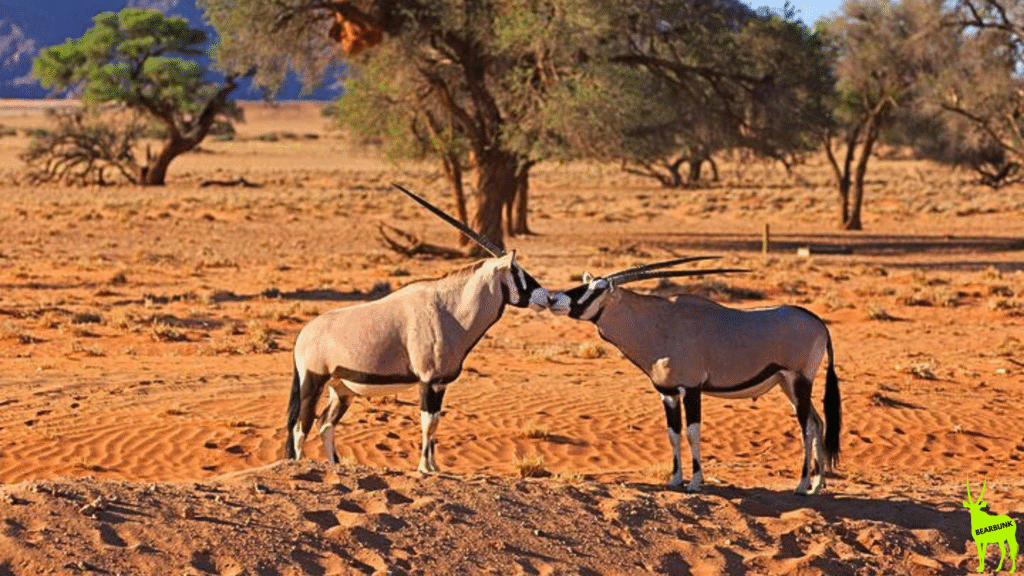
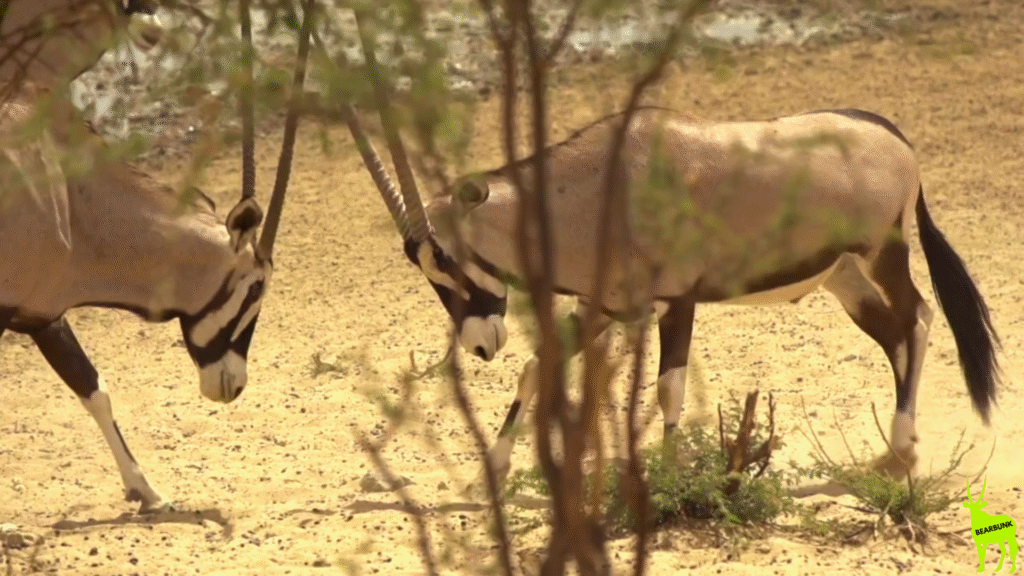
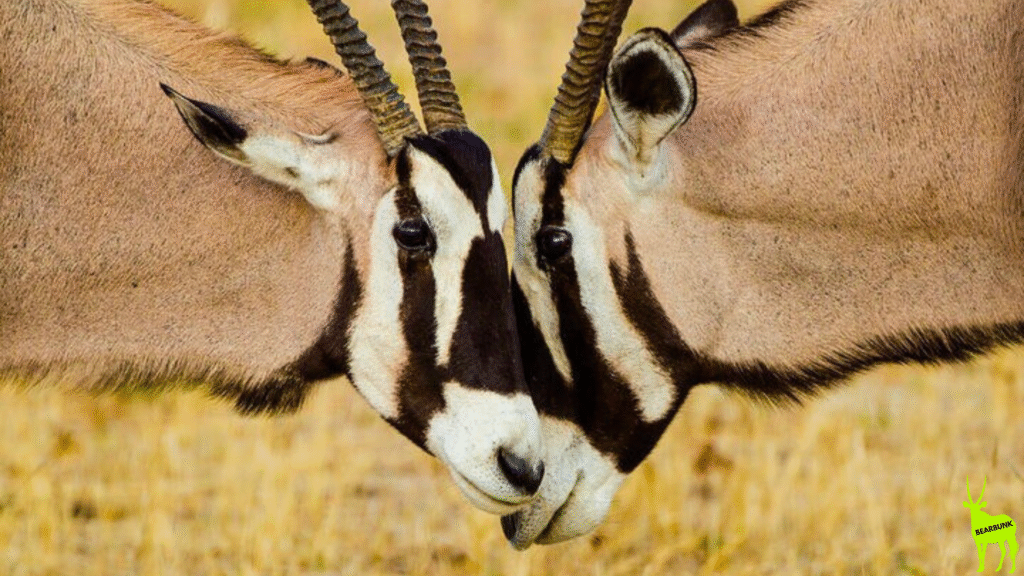
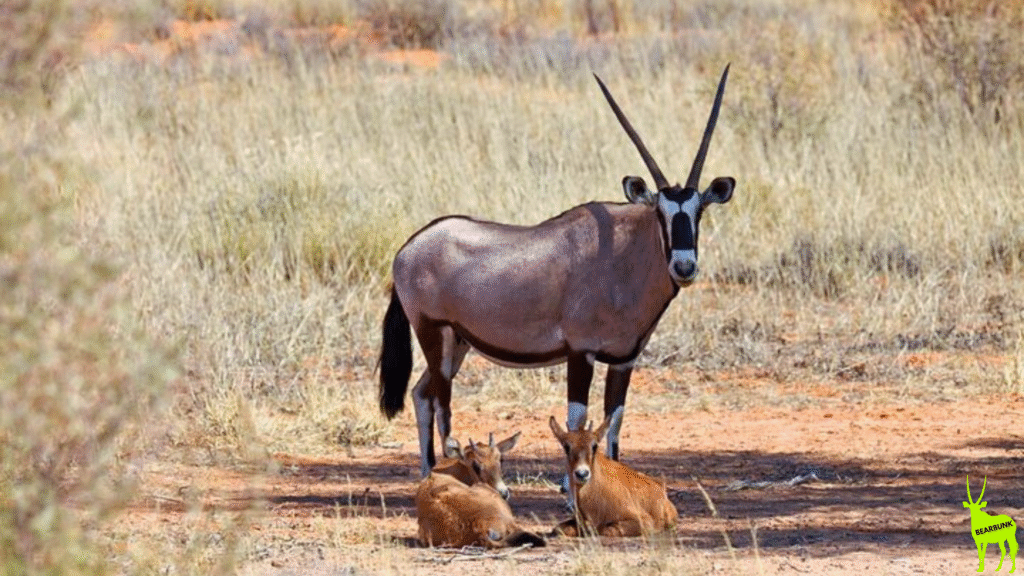
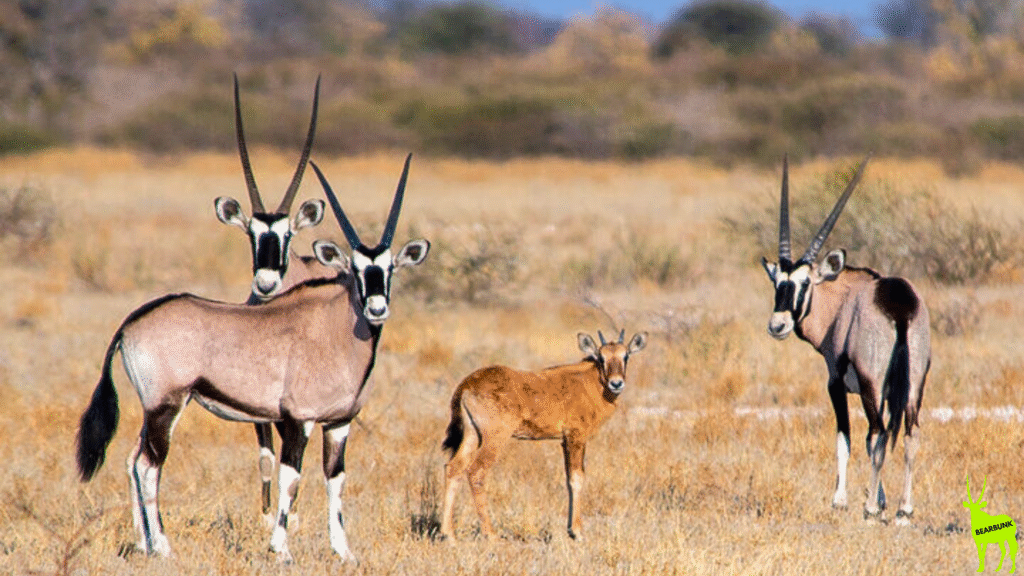
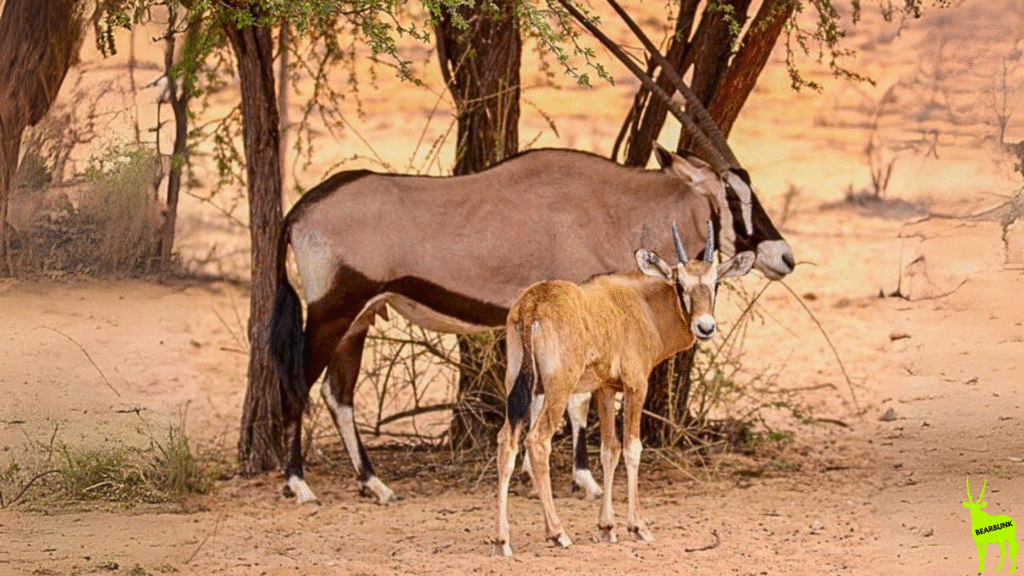
Size, Speed, and Lifespan
- Height: 3.6–4.1 feet at the shoulder
- Weight: Up to 570 lbs (males)
- Horns: Up to 33 inches long
- Speed: Can sprint up to 35 mph (56 km/h)
- Lifespan: Up to 18 years in the wild
Fun Facts
- Gemsbok can raise their body temperature to avoid sweating, conserving precious water in the desert.
- Their horns aren’t just for show — they use them to defend themselves and even to dig for water or food.
- The name “gemsbok” comes from Dutch, meaning “chamois buck.”
Predators and Resilience
While lions and hyenas are the gemsbok’s natural predators, these antelope are far from defenseless. Their sharp horns and speed make them formidable opponents, and herds often work together for protection. Thanks to these adaptations, gemsbok are considered highly resilient and remain listed as “Least Concern” on the IUCN Red List.
About Gemsbok
Scientific Family: Bovidae
Number of Subspecies: 2 (Southern & Northern)
Habitat: Savannas and deserts of Southern Africa
Diet: Herbivore — grasses, roots, tubers, melons
Lifespan: Up to 18 years in the wild
Unique Traits: Spear-like horns, ability to raise body temperature to conserve water, striking black-and-white facial mask
Social Structure: Herds of 10–40, led by a dominant male
Fun Fact: The gemsbok is featured on Namibia’s coat of arms as a national symbol of strength and resilience.
Why We Love Them
At BearBunk, we admire the gemsbok for its beauty, toughness, and the way it thrives in a landscape where few large animals can. They are a reminder that with resilience and adaptability, survival is possible even in the harshest places.
Conclusion
From their dramatic appearance to their clever desert survival strategies, the gemsbok is one of Africa’s most extraordinary creatures. Whether sprinting across the savanna or standing tall in the desert heat, these antelope are true icons of the wild.
🦎💚 Stay curious — and keep exploring more amazing animals right here at BearBunk
Did you learn something new? Share this post to your favorite board or group and help others fall in love with the wild world of reptiles.
Watch the Video on YouTube:
Hooves on the Savanna Africa’s Mighty Desert Survivor – The Gemsbok
Learn more about:
Mammals, Ruminants, Savannas, Deserts, African Wildlife, and Fast Animals
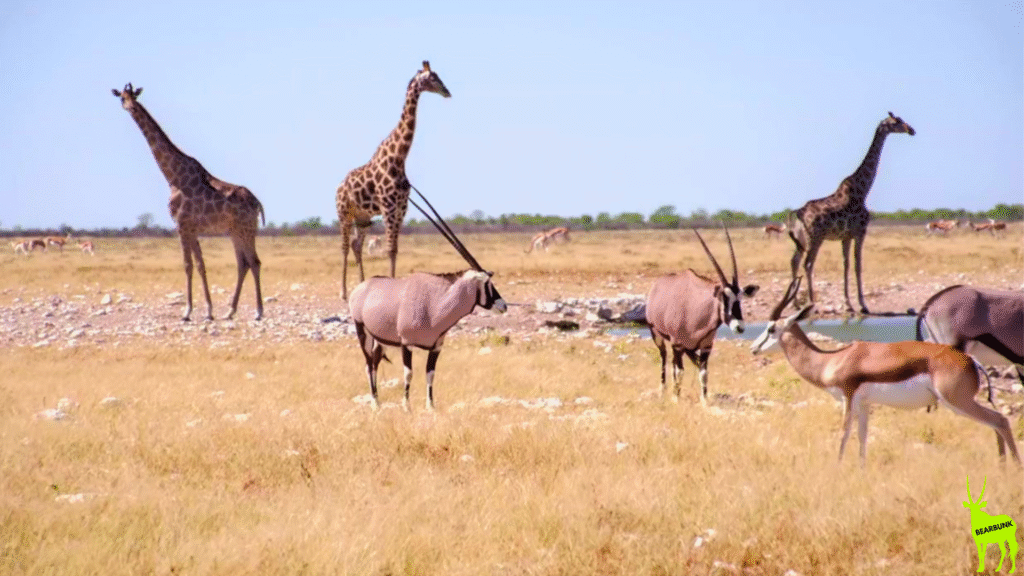
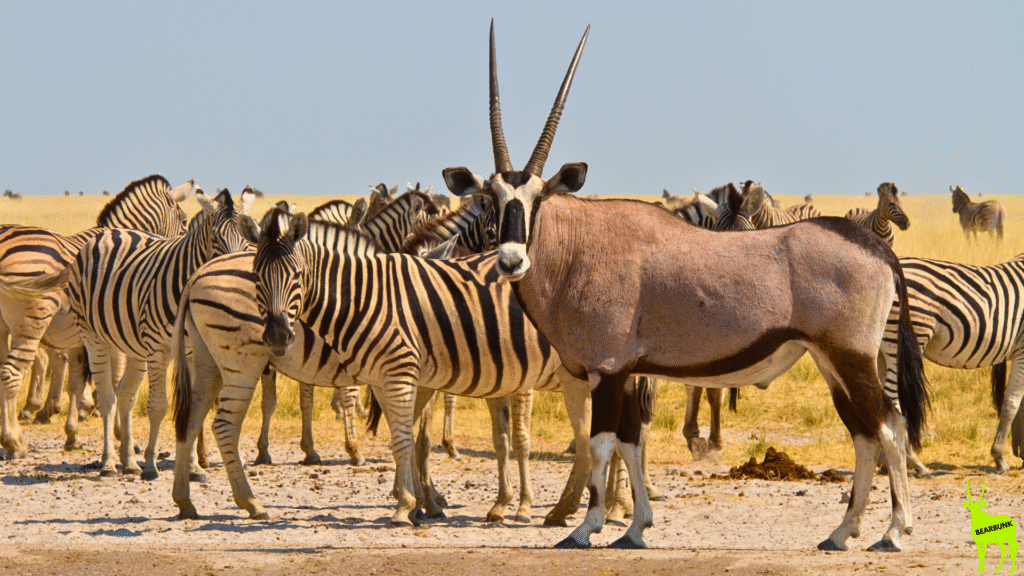
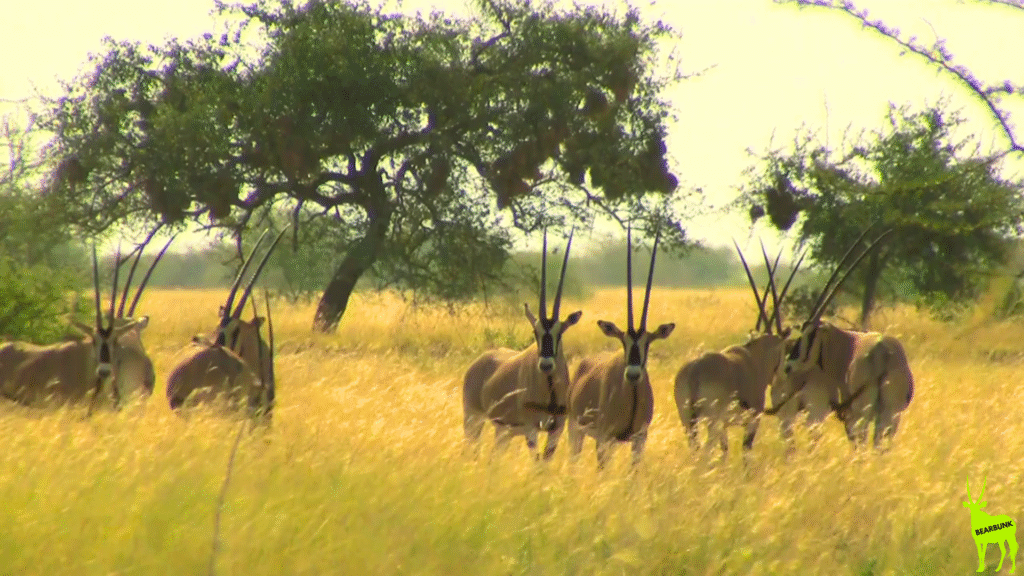
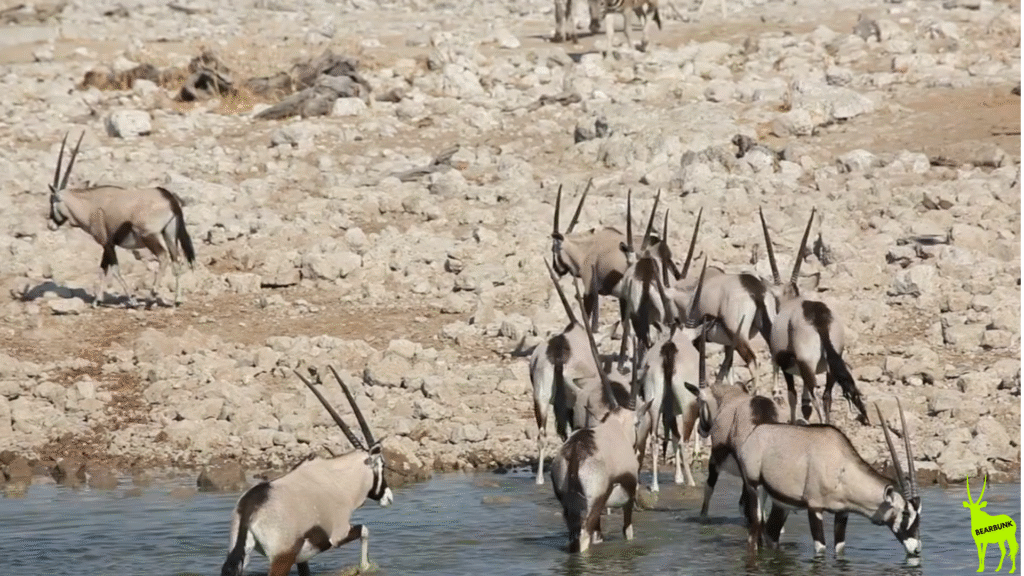
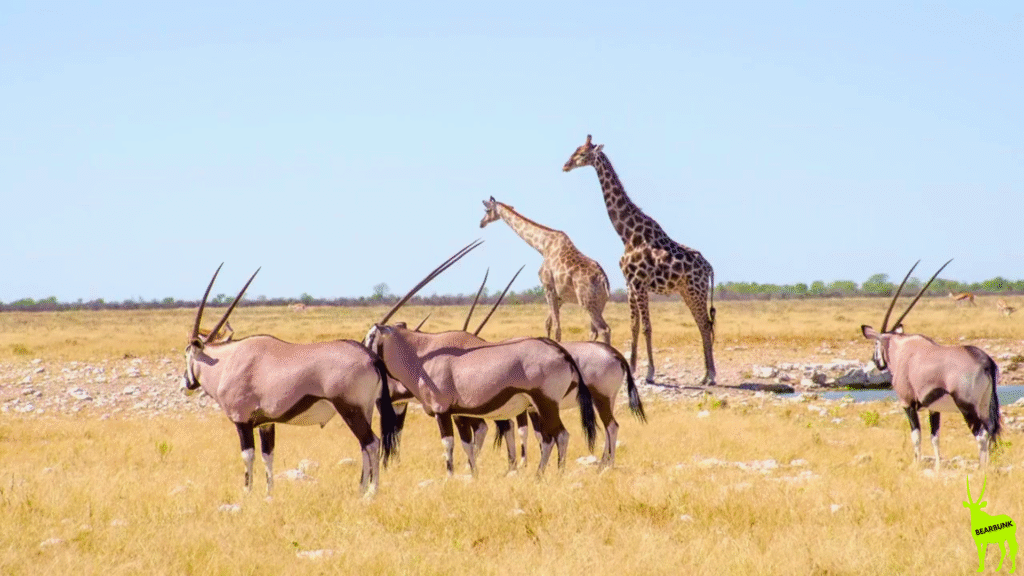
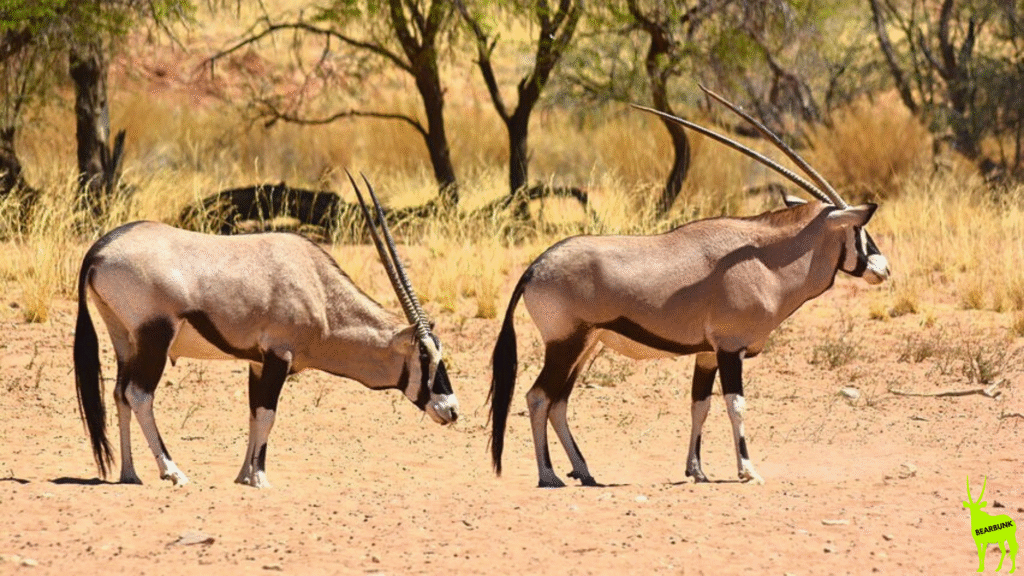
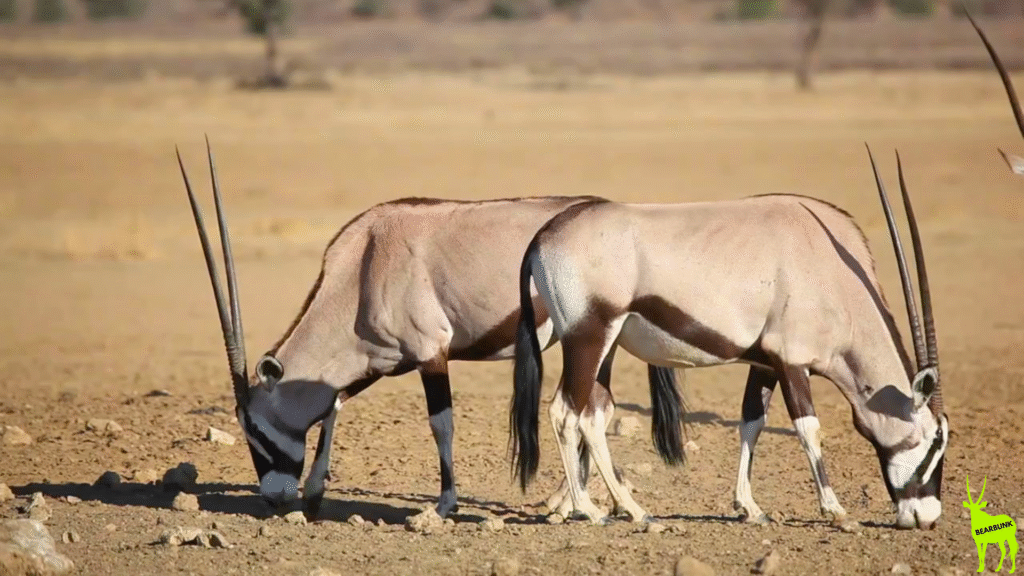
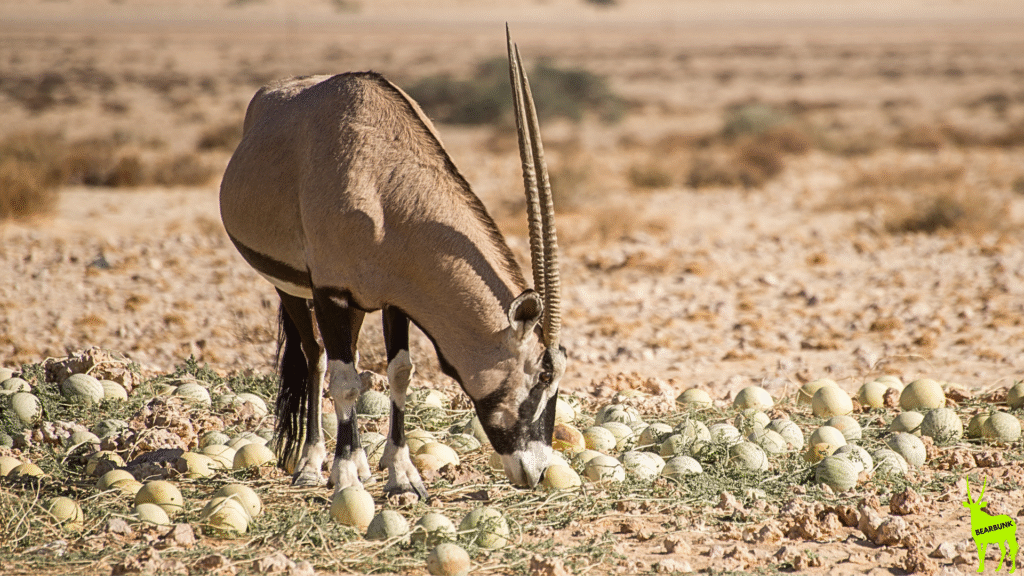
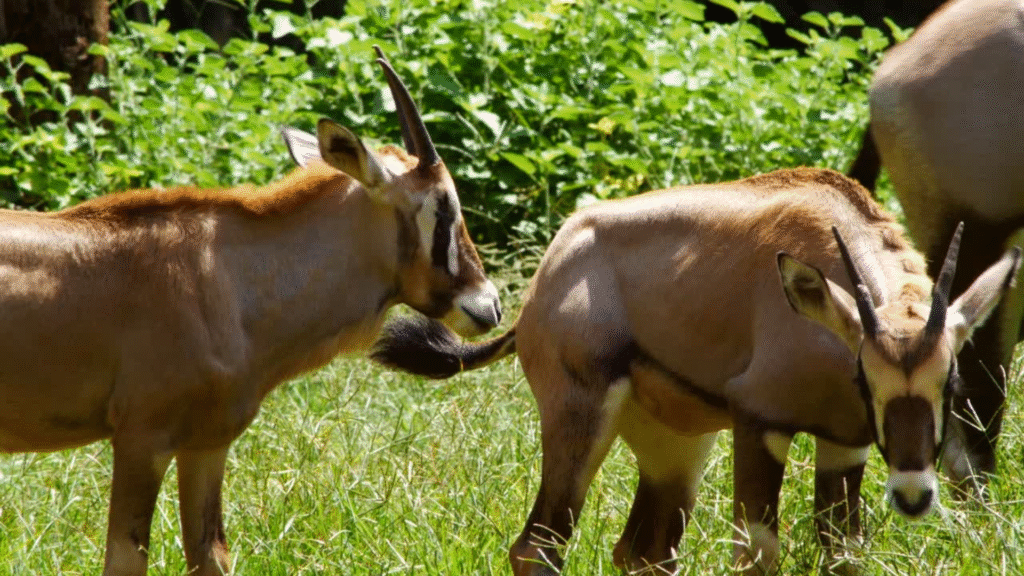
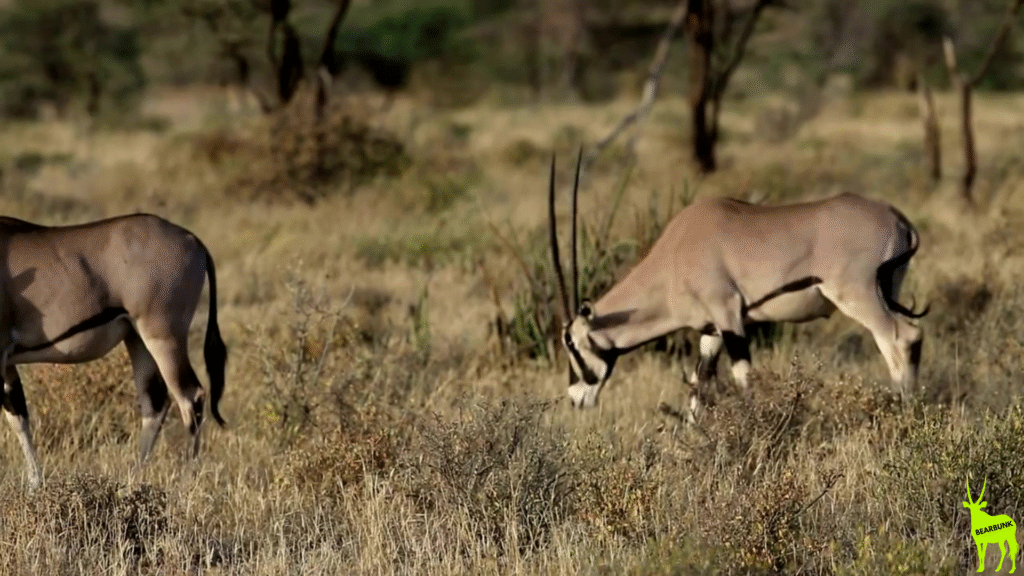
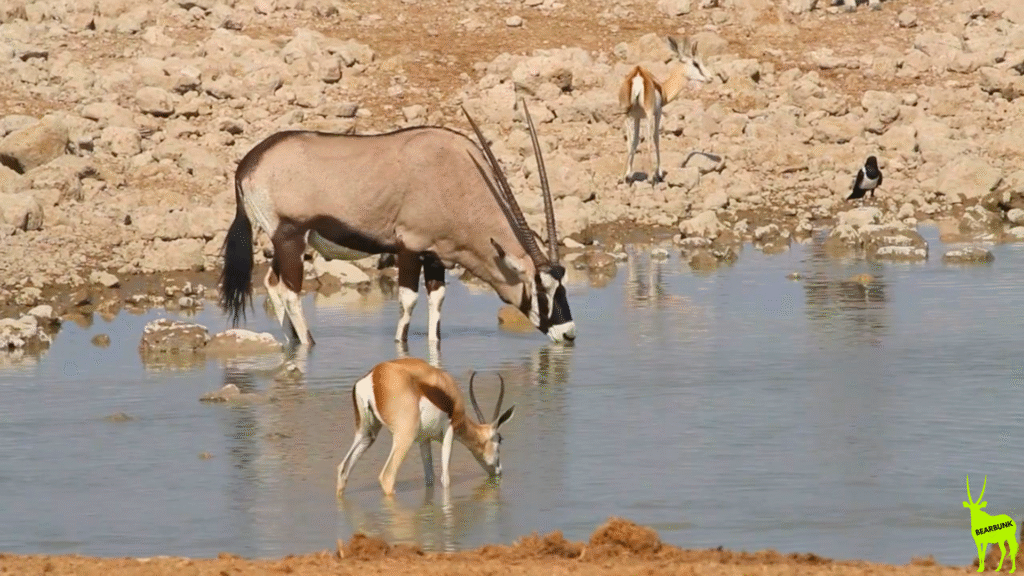
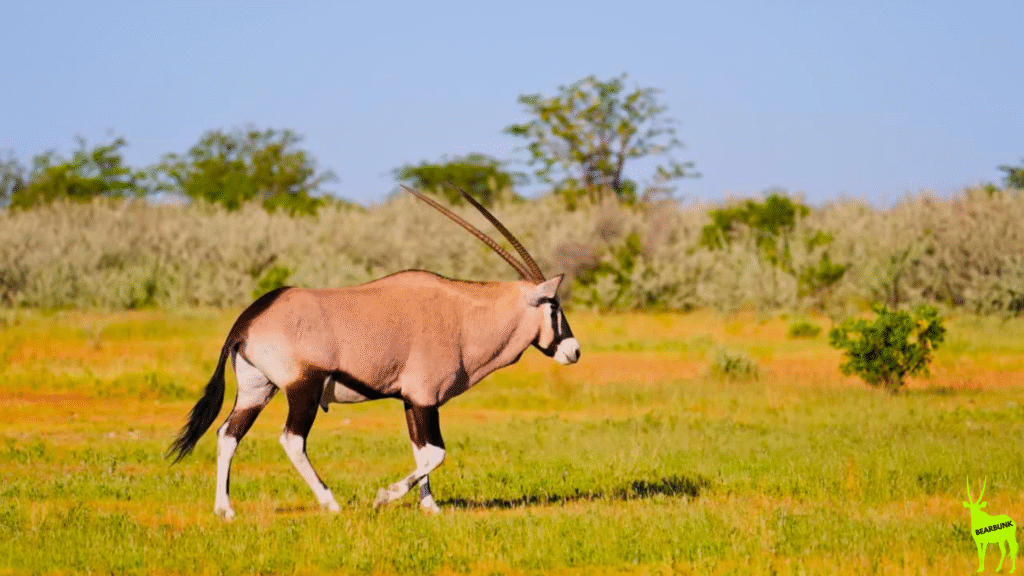

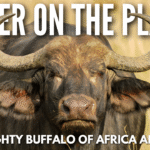




Leave a Reply